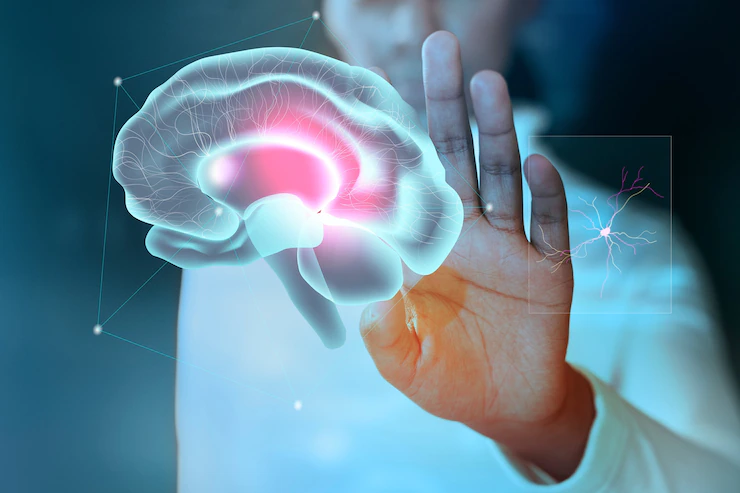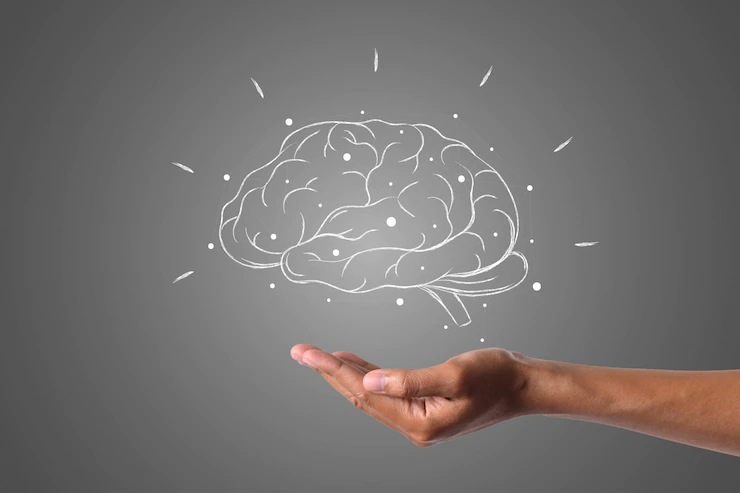
What is EMDR?
EMDR stands for Eye Movement, Desensitization, and Reprocessing. It is an integrative form of therapy that helps people heal from trauma or other distressing life experiences. EMDR therapy has been extensively researched and has demonstrated effectiveness for the treatment of trauma.
How does EMDR therapy work?
Our brains have a natural, self-healing process in place for recovering from traumatic memories and events. Many times, traumatic experiences can be spontaneously processed and resolved. EMDR is designed to resolve unprocessed traumatic memories in the brain and allows the brain to resume its natural healing process. Part of the therapy includes a technique called bilateral stimulation – which involves alternating eye movements, sounds, or taps – to repeatedly activate opposite sides of the brain. Facilitating bilateral stimulation mimics the period of sleep referred to as rapid eye movement or REM sleep. During REM sleep, the mind processes recent events to create psychological restoration. Thus, EMDR seems to help the brain process trapped memories to allow normal information processing to resume. EMDR is often used to help clients uncover and process beliefs that developed because of relational traumas or childhood abuse and/or neglect.


What does an EMDR therapy session look like?
A typical EMDR Therapy session lasts from 60 to 90 minutes. The type of problem, life circumstances, and the amount of previous trauma will determine how many treatment sessions are necessary. EMDR Therapy may be used within a standard “talk” therapy, as an adjunctive therapy with a separate therapist, or as a treatment all by itself. During an EMDR Therapy session, the therapist works with the client to identify a specific problem as the focus of the treatment session. The client calls to mind the disturbing issue or event, what was seen, felt, heard, thought, etc., and what thoughts and beliefs are currently held about that event. The therapist facilitates the directional movement of the eyes or other dual attention stimulation of the brain, while the client focuses on the disturbing material, and the client just notices whatever comes to mind without making any effort to control direction or content. Each person will process information uniquely, based on personal experiences and values. Sets of eye movements are continued until the memory becomes less disturbing and the brain associates it with positive thoughts and beliefs about oneself; for example, “I did the best I could.” During EMDR Therapy, the client may experience intense emotions, but by the end of the session, most people report a great reduction in the level of disturbance.
How long does EMDR therapy take?
One or more sessions are required for the therapist to understand the nature of the problem and to decide whether EMDR Therapy is an appropriate treatment. The therapist will also discuss EMDR Therapy more fully and provide an opportunity to answer questions about the method. Once therapist and client have agreed that EMDR Therapy is appropriate for a specific problem, the EMDR Therapy may begin.


But does EMDR therapy really work?
Approximately 20 controlled studies have investigated the effects of EMDR Therapy. These studies have consistently found that EMDR effectively decreases/eliminates the symptoms of post-traumatic stress for most clients. Clients often report improvement in other associated symptoms such as anxiety. The current treatment guidelines of the American Psychiatric Association and the International Society for Traumatic Stress Studies designate EMDR Therapy as an effective treatment for PTSD. EMDR Therapy was also found effective by the U.S. Department of Veterans Affairs and Department of Defense, the United Kingdom Department of Health, the Israeli National Council for Mental Health, and many other international health and governmental agencies. Research has shown that EMDR Therapy can be an efficient and rapid treatment. For further references, a bibliography of research may be found through EMDR International Association’s web site, www.emdria.org.
What does EMDR help?
EMDR was originally developed to help with posttraumatic stress disorder (PTSD). It has since proven useful for the treatment of many other conditions as well, including:
- Panic Attacks
- Complicated Grief
- Dissociative Disorders
- Disturbing Memories
- Phobias
- Performance Anxiety
- Stress Reduction
- Sexual and/or Physical Abuse



